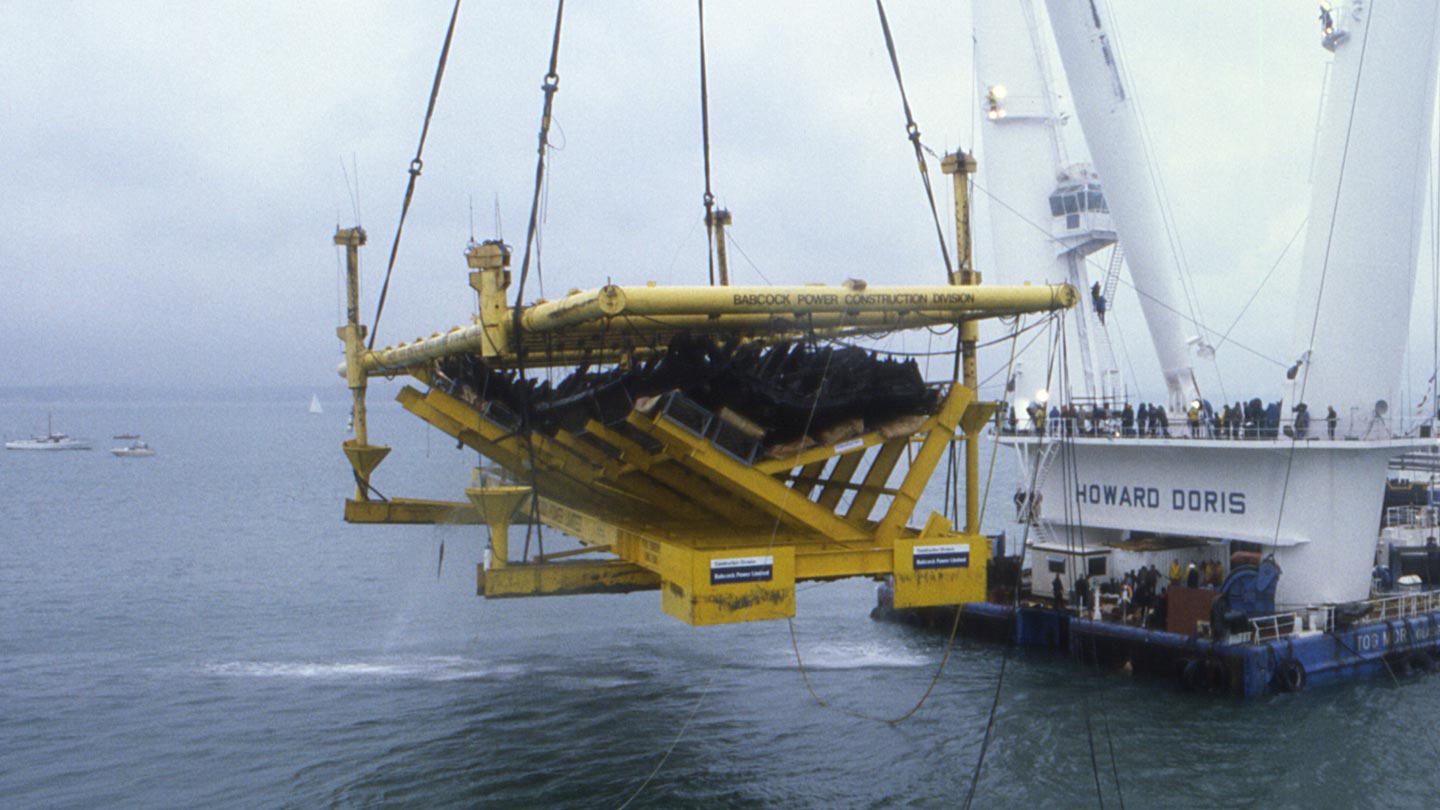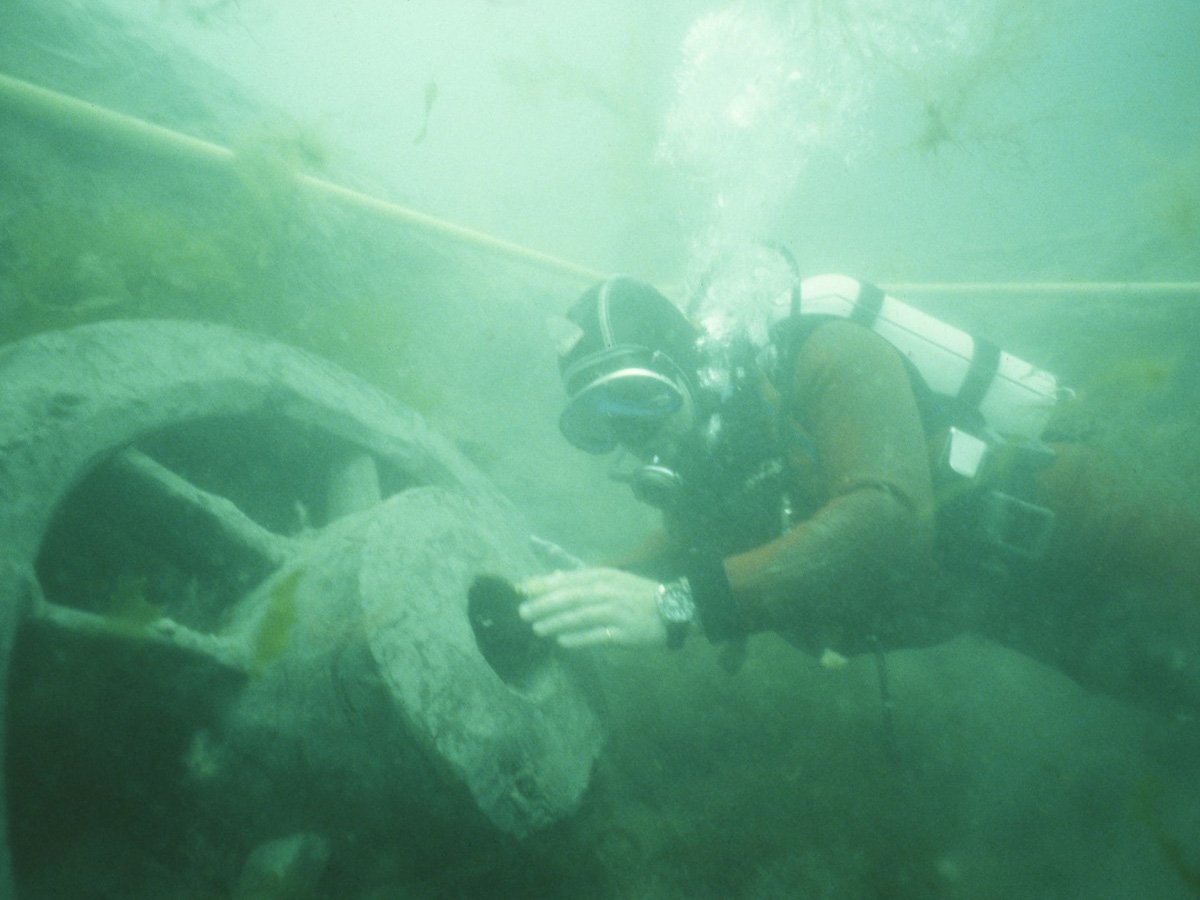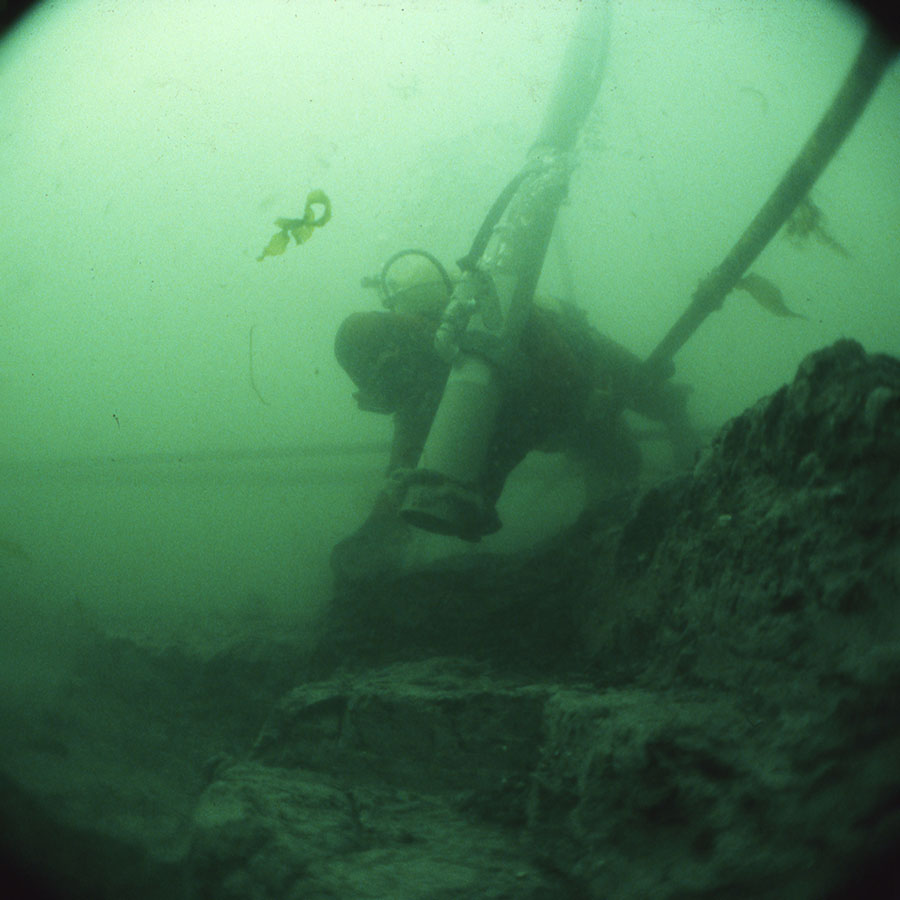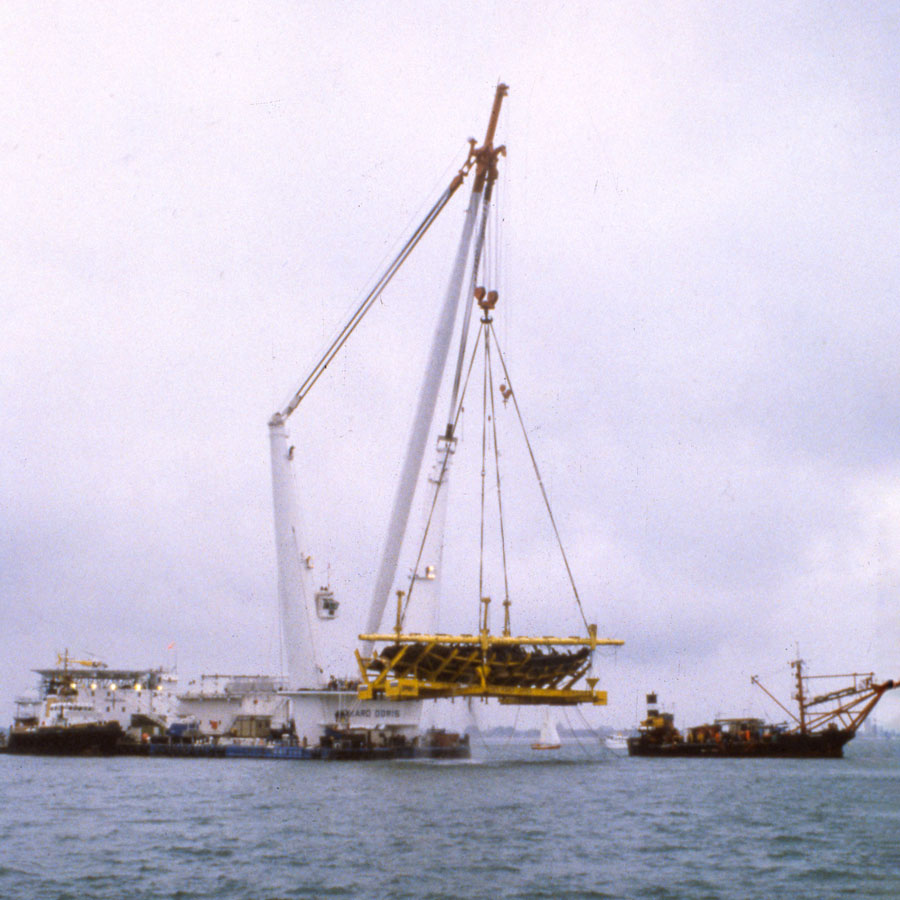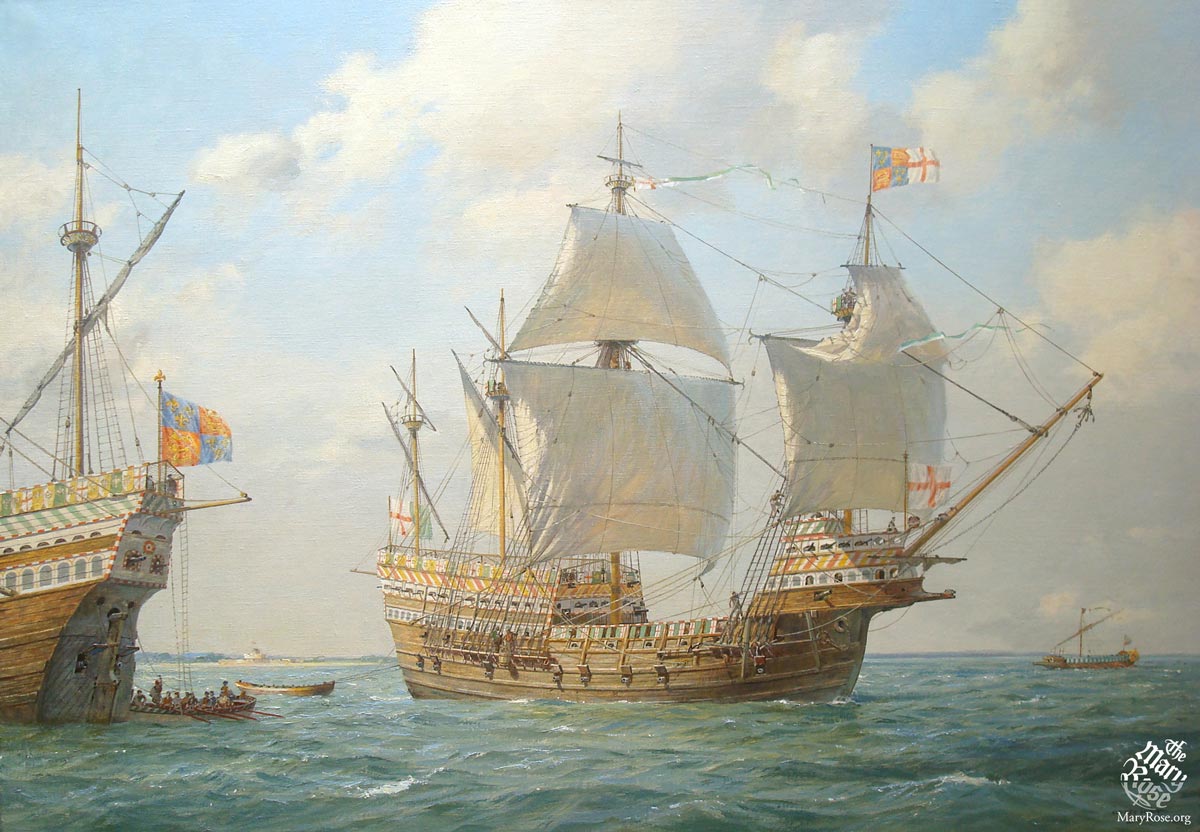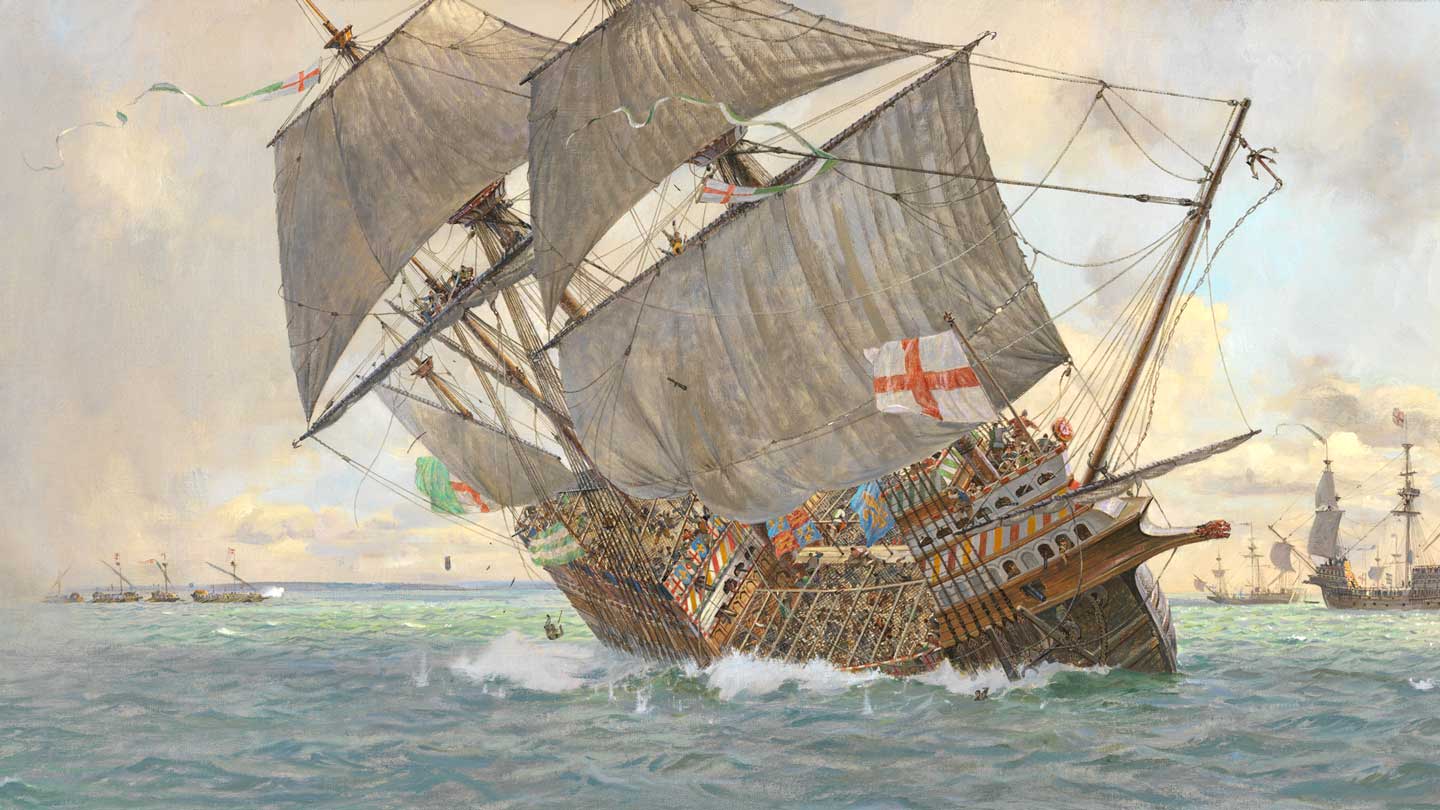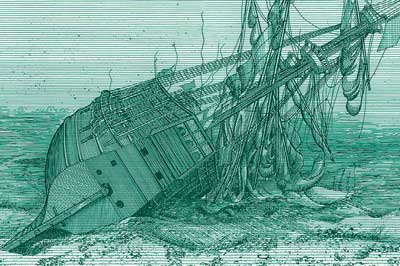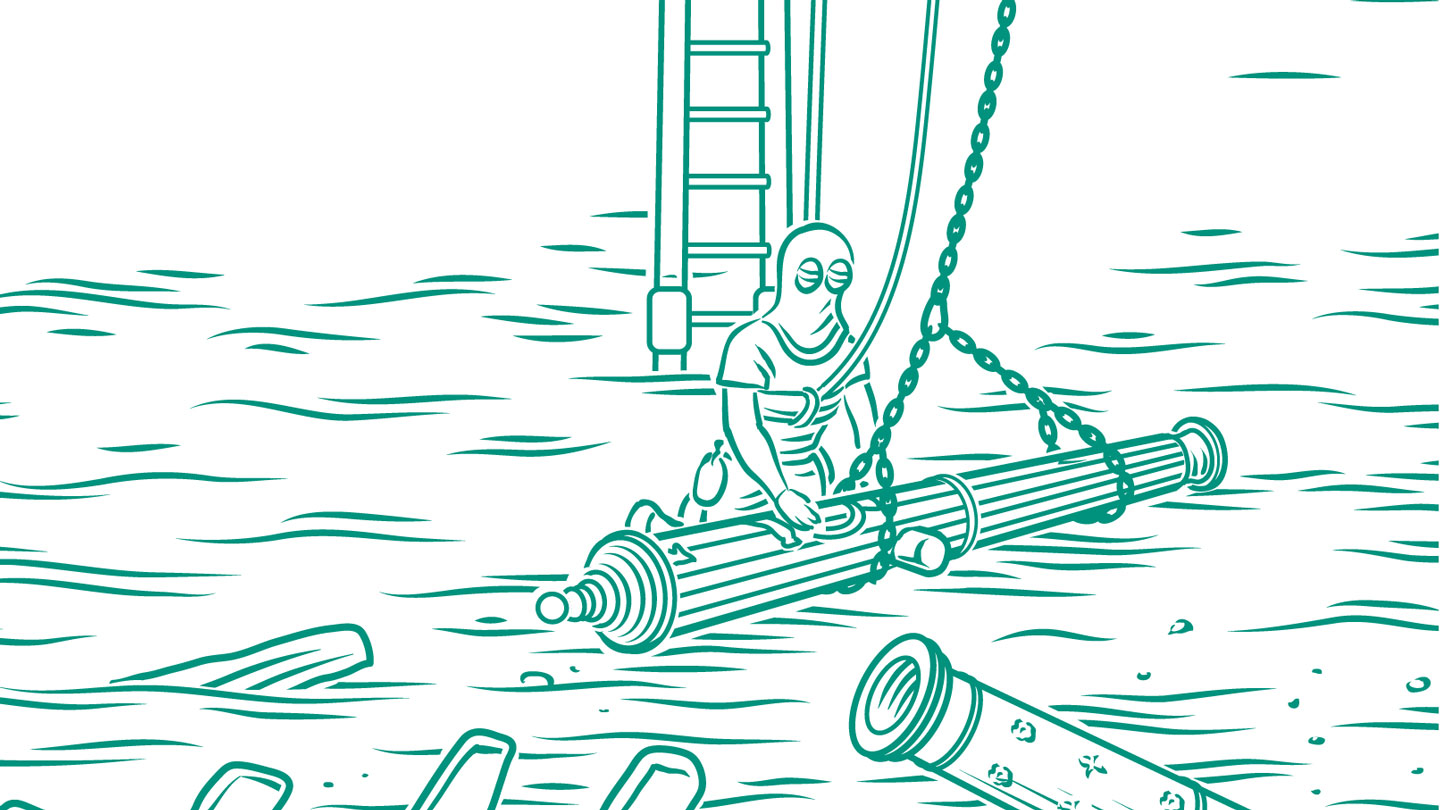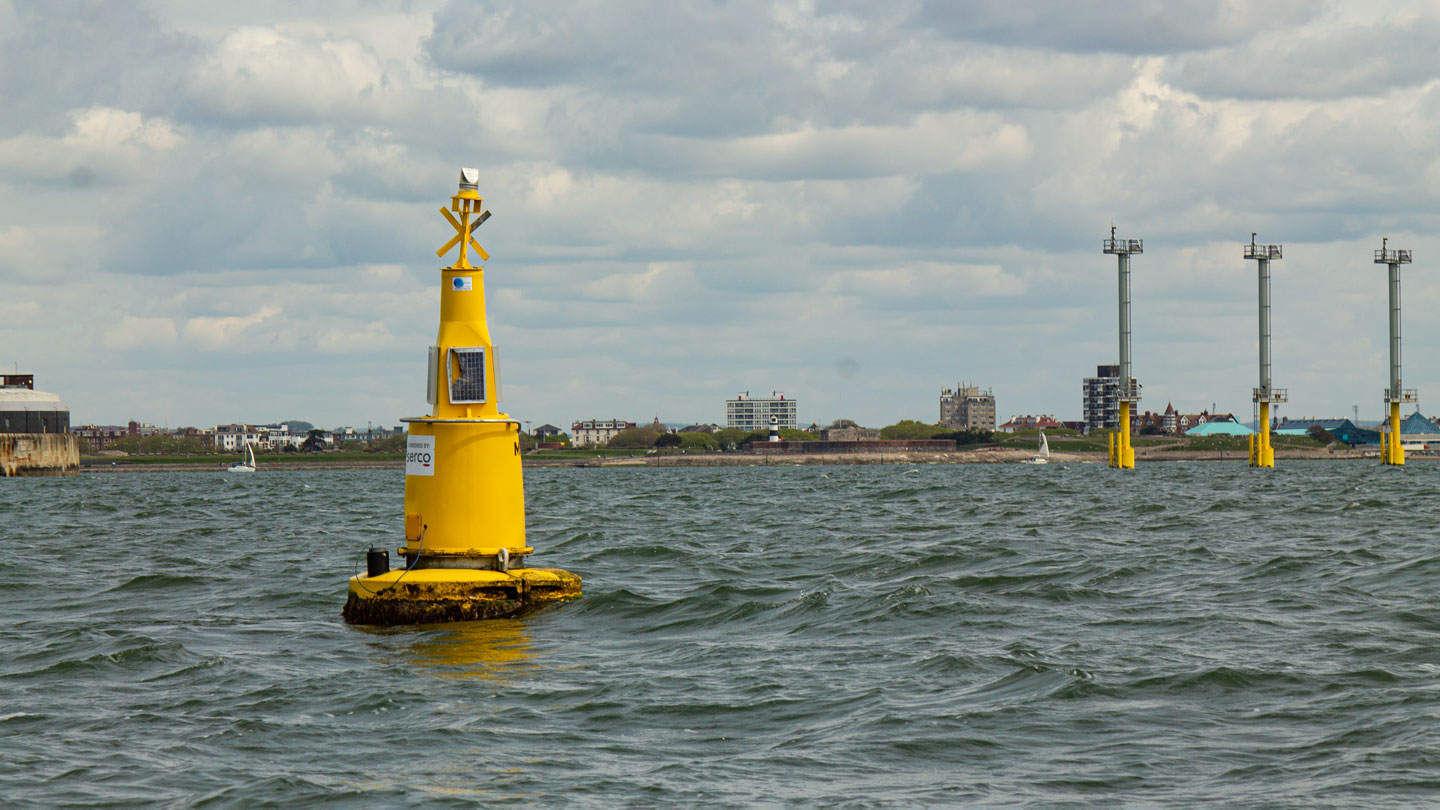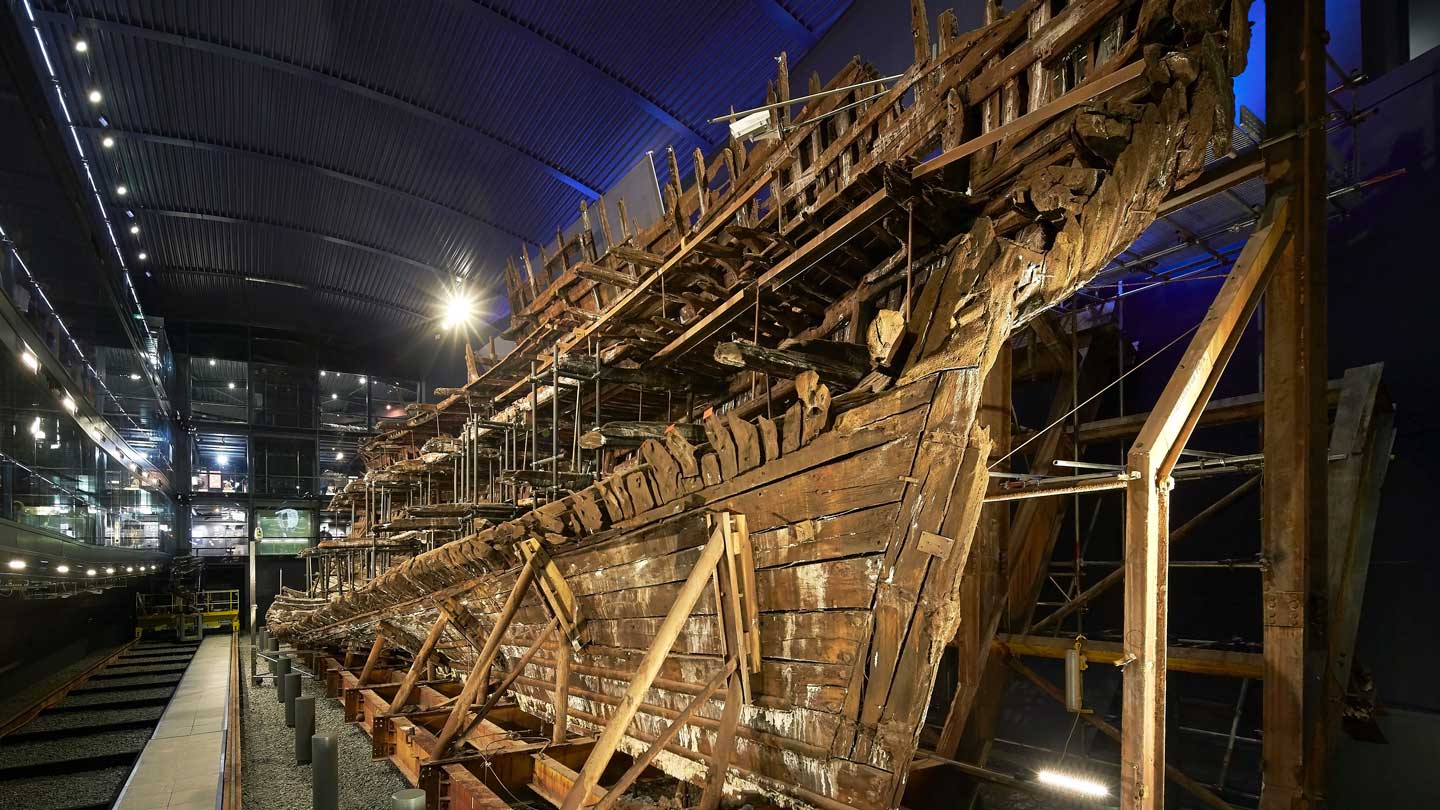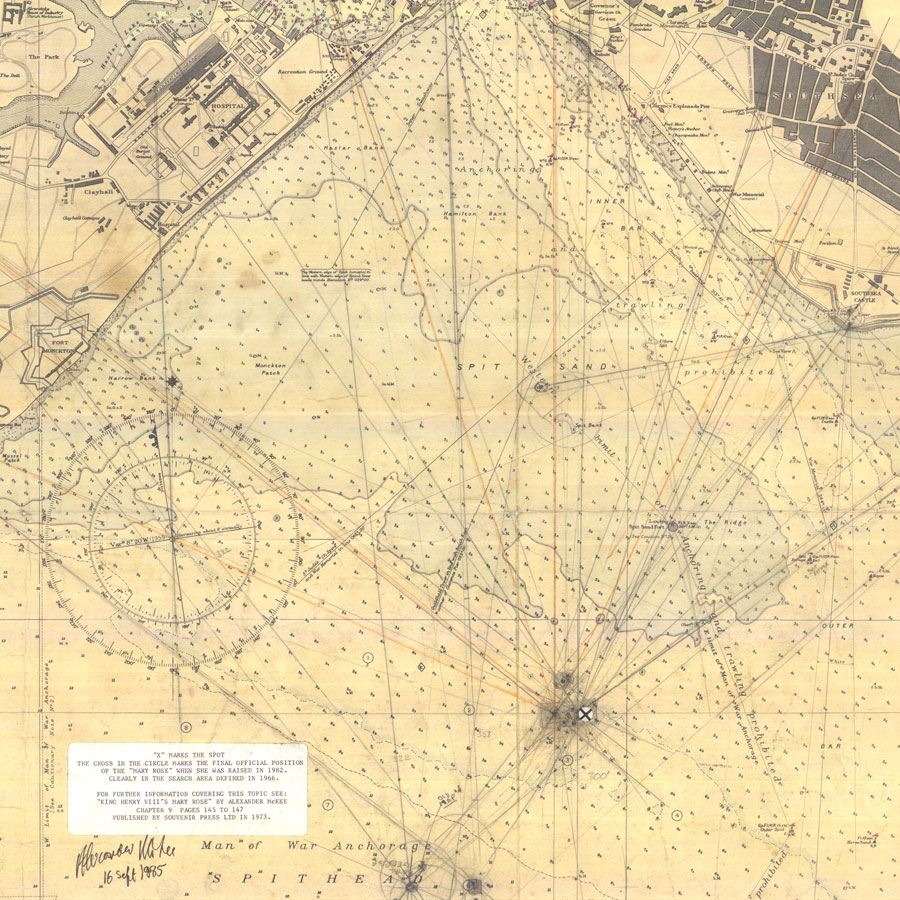
The search: 1965-1970
The search for and discovery of the Mary Rose was a result of the dedication of one man, the late Alexander McKee. In 1965, in conjunction with the Southsea branch of the British Sub-Aqua Club, McKee initiated ‘Project Solent Ships’ to investigate wrecks in the Solent. With him was land archaeologist Margaret Rule. His real hope was to find the Mary Rose. In 1966 whilst searching for charts in the Navy’s Hydrographic Department a chart dated 1841 revealed the positions of three historic wrecks. One of these was the Mary Rose.
Refining the search area and using new techniques of side-scan and sonar and sub-bottom profiling, the team discovered a strange ‘W’-shaped feature beneath the seabed. Based on this the ‘1967 Committee’ was formed to lease an area around the buried feature from the Crown Estates, giving the Committee exclusive rights to dive the site. Between 1968 and 1971, a team of volunteer divers combed the area. Using dredgers, water jets and airlifts, they began to excavate and were encouraged by the appearance of stray pieces of timber. In 1970 a wrought iron gun of a 16th century style was found redefining the search area.
The climax came when diver Percy Ackland found three or four frames of a ship on the 1st May 1971. By the end of the day a row of frames had been exposed over a length of about 30 metres with planking to one side. The tops were eroded, but clean sharp faces could be felt beneath the silt. The Mary Rose had been found.
